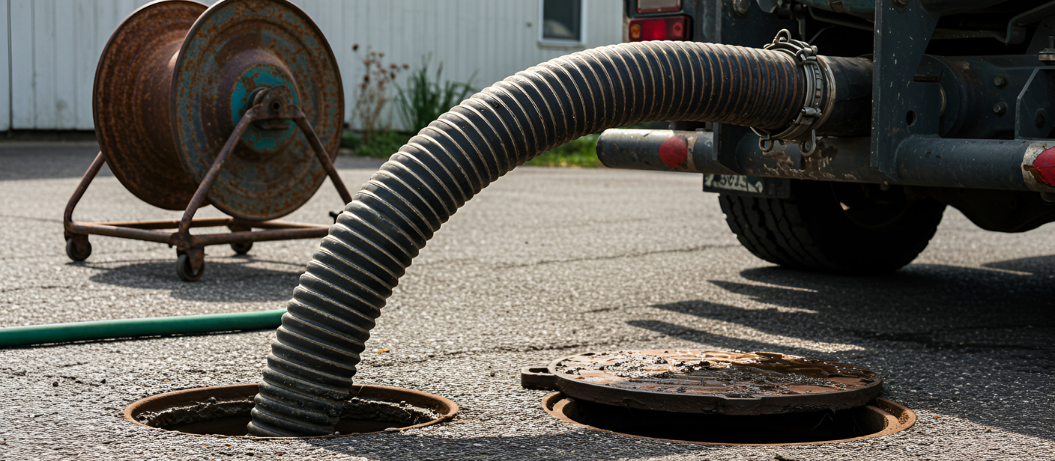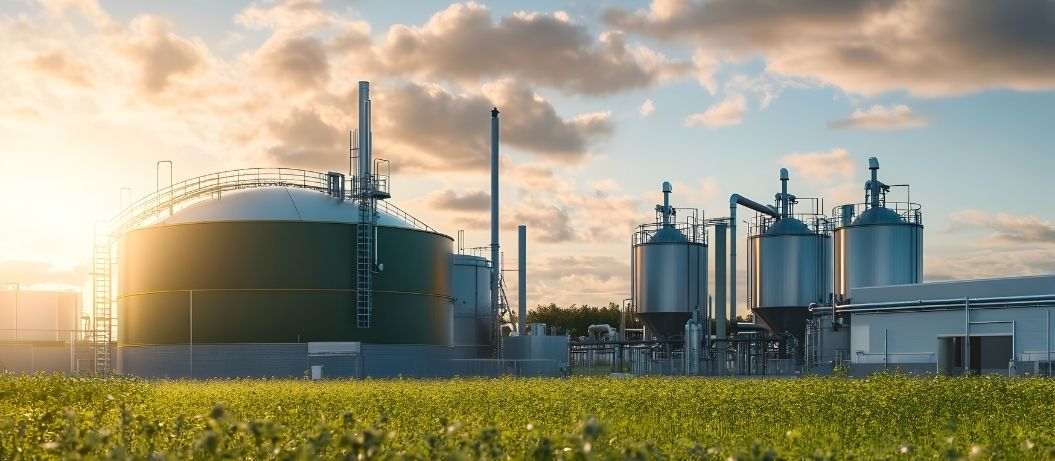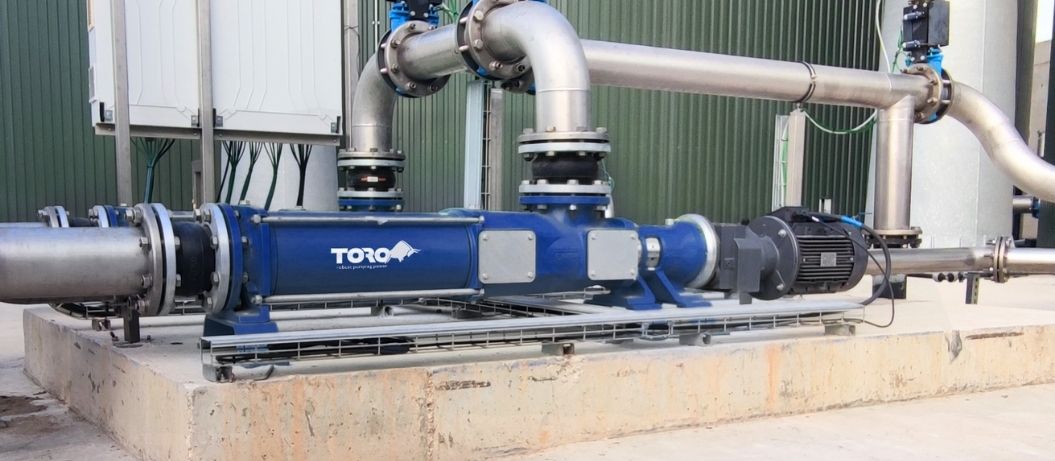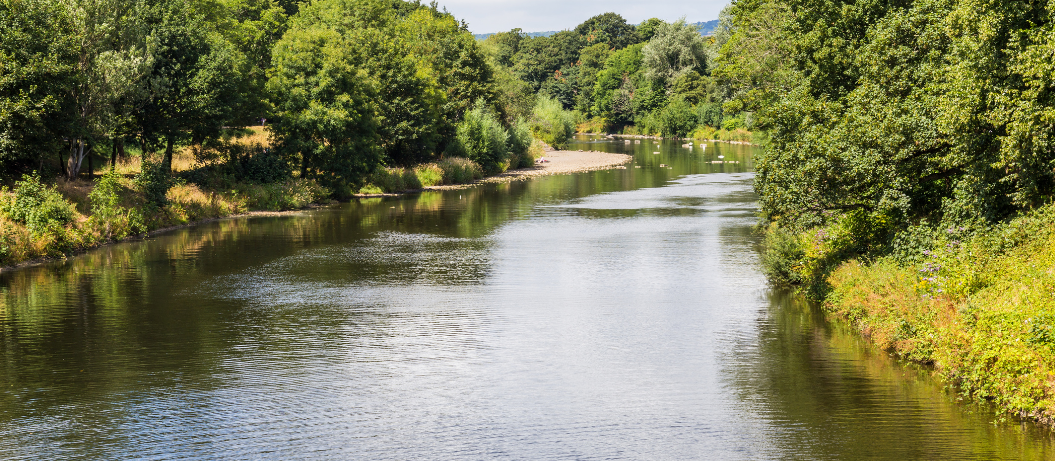Last updated: 16 Oct 25, to clarify that the Mogden formula factors in treatment requirements, rather than named pollutants.
Trade effluent costs can be a substantial expense for businesses, particularly those in manufacturing, food processing, or chemical industries. Understanding how these costs are calculated and taking actionable steps to reduce them is essential for managing your bottom line, ensuring regulatory compliance, and reducing environmental impact. Here’s how process engineers and operators can address the challenge of managing trade effluents effectively.
What is the true cost of trade effluent management?
Trade effluents are non-domestic liquid wastes generated from industrial or commercial activities. These fluids may consist mostly of water, but they have typically been contaminated with potential pollutants. Site operators are responsible for ensuring any effluent produced by their activities is controlled and disposed of safely to prevent it from causing pollution.
Unauthorised discharges and pollution incidents can result in long-lasting damage to the environment. It will also leave the responsible person exposed to the settlement costs of remediation, heavy fines, and even prison sentences.
The level of action taken against the site operator depends heavily on their efforts to be open and compliant with the authorities. Since the Environment Agency (EA) has been furnished with new legal powers and a dedicated Economic Crime unit, they are ensuring that compliance is always the cheaper option.
So, there is always a price to pay – the question is how to do it in the most sustainable, financially viable way?
Your options for trade effluent disposal
You have a number of options, all of which require using a licensed waste company or obtaining a license or permit yourself.
- Waste collection company
- Discharge to sewer
- Self-transportation to a wastewater treatment plant
- On-site treatment and release, or on-site reuse of treated water
Registered wastewater and certain waste companies are permitted by the Environment Agency (EA) – or national equivalent – to receive trade effluent for either onward transfer or treatment.
You can even register to dispose of your own produced effluent, for example, by transporting it to a wastewater treatment works or installing your own treatment system. There is no charge to register in certain cases; low-tier brokers and waste dealers pay £185 (check for updates on the EA website).
Most industrial producers of wastewater and effluent choose to have it taken away at source by a licensed waste carrier, which is probably the simplest, higher-cost method.
As an alternative to tanker-truck collection, you can ask your local sewerage company for a licence to discharge your trade effluent directly into a designated sewer point within your property.
Discharging factory effluent to the sewer network can often be a good option in certain industries, reducing both truck movements and road miles. A trade effluent licence is legally required for any business discharging trade effluents into public sewers, as it demonstrates that you are transferring this waste to a licensed operator.
For wastewater with a very low risk of pollution, you may be able to obtain a permit from the Environment Agency to discharge directly into a water body or soakaway. For further information on this, see our blog on water abstraction and discharges.
Discharging without proper authorisation is illegal and can lead to fines and enforcement actions, increasing your overall trade effluent costs and potentially damaging your business reputation. The trade effluent licence cost itself depends on the permitted discharge volume and strength, which are set out in your licence conditions, including volume limits, pollutant concentrations, and monitoring requirements.
How much does a trade effluent licence cost?
Wastewater and sewerage companies determine your trade effluent costs by assessing the discharge volume, chemical composition, and strength of your effluent. The cost is usually based on volume (per cubic metre), and minimum base fees.
The strength of trade effluents is usually measured by Chemical Oxygen Demand (COD) and Total Suspended Solids (TSS), with other contaminants measured where appropriate. Higher volumes and stronger concentrations translate to increased treatment demands, elevating your trade effluent costs. The Mogden formula is the water industry standard used by many wastewater companies to calculate what to charge for wastewater disposal, distributing costs based on the treatments required. The formula takes into account the volume of effluent discharged, as well as the levels of COD (chemical oxygen demand), SS (settled solids), and biological treatment required. By weighing many parameters in, the Mogden formula more accurately apportions costs based on the quantity, type and strength of the effluent entering the sewer system.
Costs vary by region/water company, as the ‘Mogden result’ is factored by the local treatment cost per cubic metre.
If your facility discharges effluent with high COD and Suspended Solids values, your trade effluent costs may be significantly higher compared to another business that discharges weaker effluent at similar or even larger volumes. The first step in minimising these costs is to understand the characteristics of what your business’ trade effluent consists of.
This entails taking samples of typical effluent to a lab where a COD test and total suspended solids (TSS) is done. This is to determine the Chemical Oxygen Demand (the amount of oxidation treatment required to break down the contaminants), the amount of dried solids content – and ultimately the cost to take away and treat.
To keep your trade effluent licence costs manageable, focus on reducing both the volume and the strength of your effluent. Process optimisation and on-site pre-treatment—like installing filtration or neutralisation units—can decrease pollutant concentrations before discharge, directly lowering the trade effluent costs you subsequently incur. For example, using chemical treatments to adjust extreme pH, or clarifiers to remove solids, can substantially reduce your COD and TSS levels, yielding significant savings on your overall trade effluent costs.
Strategies for reducing costs
Businesses can take several practical steps to manage and reduce trade effluent costs without sacrificing operational efficiency. For example:
- On-site pre-treatment: On-site treatment systems—such as coagulation or lamella settlement units —can lower trade effluent costs by reducing both the strength and volume of your trade effluents before discharge. These systems effectively remove solids, suspended organics, and other pollutants. These can then be disposed of in a more efficient way.
- Quality and volume monitoring: Monitoring the quality and volume of your trade effluents enables your team to pinpoint inefficiencies, such as excessive water use or unusually high pollutant levels. This data is crucial for driving improvements, ensuring compliance, and keeping your trade effluent licence costs in check. Flow, turbidity and conductivity measurements give you live insights for better monitoring and control.
- Working with an experienced consultant: Consulting with a waste management or water efficiency specialist can provide your operation with tailored advice for optimising processes and minimising trade effluent costs. An expert might recommend new technologies and process changes that target both cost savings and sustainability.
- Invest in EnviroHub: EnviroHub is an advanced modular system designed to help businesses manage and reduce their trade effluent costs. It provides on-site solutions for pre-treating common trade effluents to meet licence requirements, lowering pollutant strength to reduce charges, and enabling the recovery of reusable site water and valuable by-products. By integrating EnviroHub into your processes, you streamline compliance, minimise expenses, and open up new opportunities for sustainable water management.
What next?
Contact Atlantic Pumps today to discover how EnviroHub can help lower your trade effluent costs, support compliance, and enhance sustainability. For deeper insights on wastewater challenges and pump solutions, you can also explore our water industry resources.
We also take a sustainable approach to our work and are committed to reducing energy waste from pumps. Our expert knowledge allows us to reduce energy usage by 20% on the average site!
Call us today on 0808 196 5108 for more information.
 October 8 2025
October 8 2025 5 min read
5 min read


